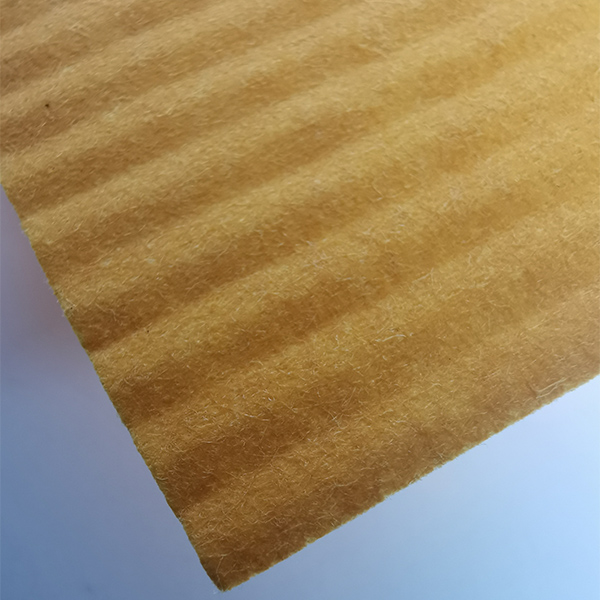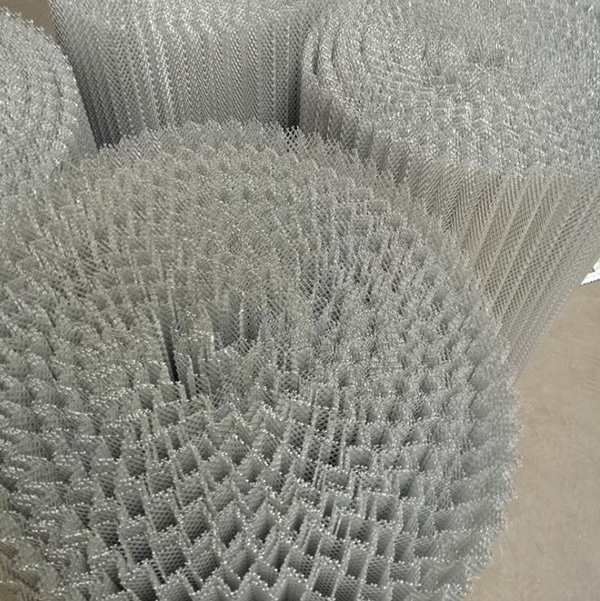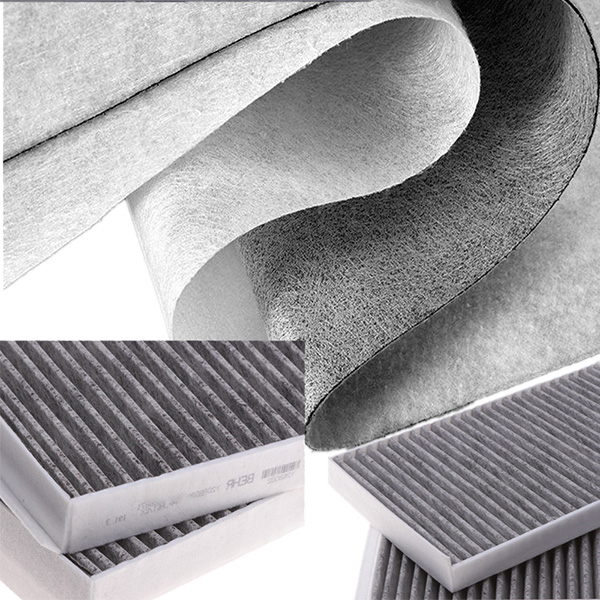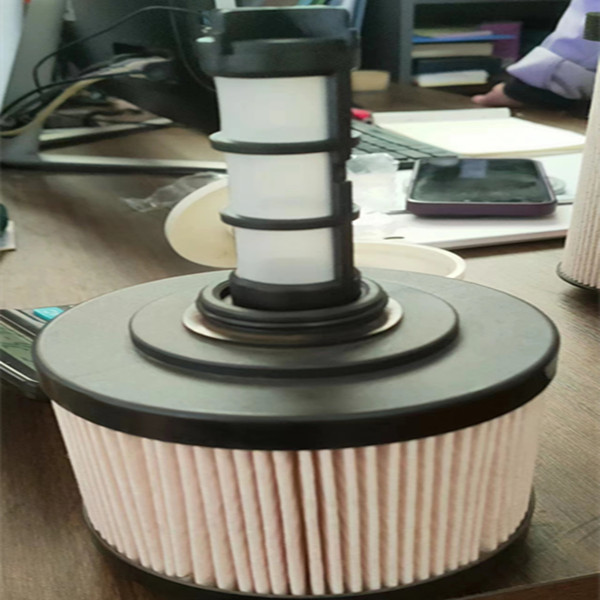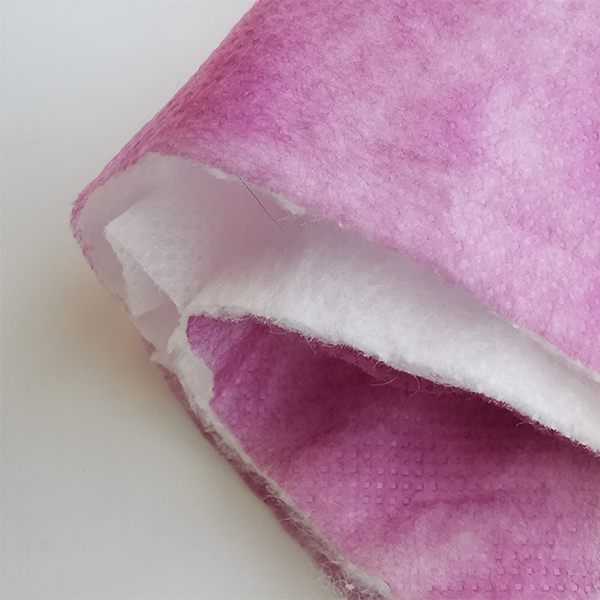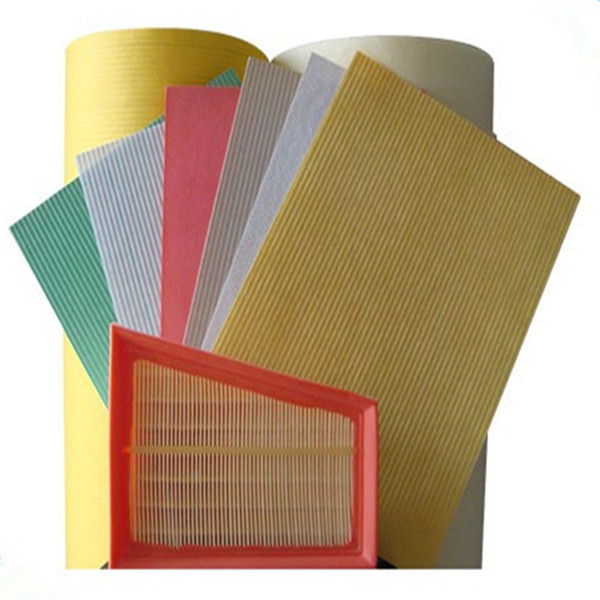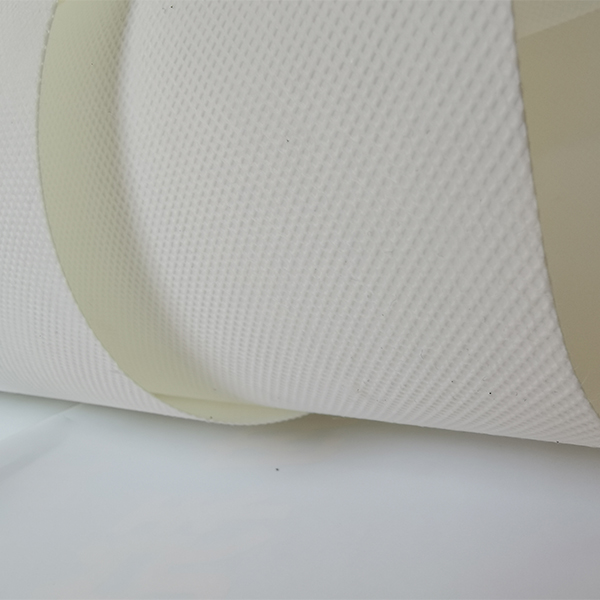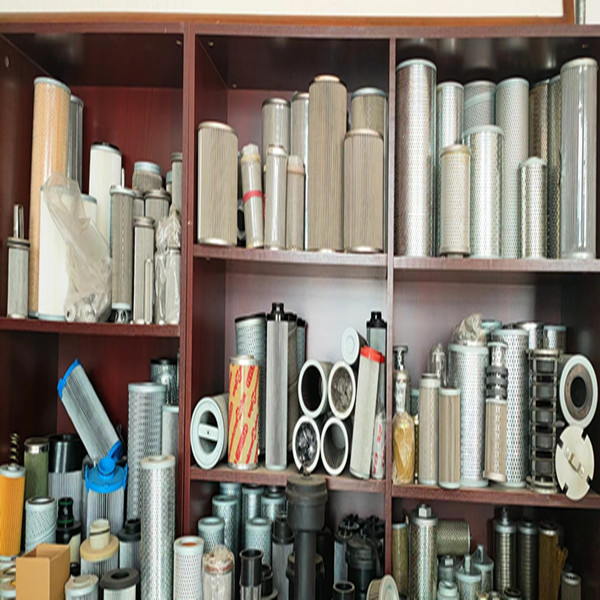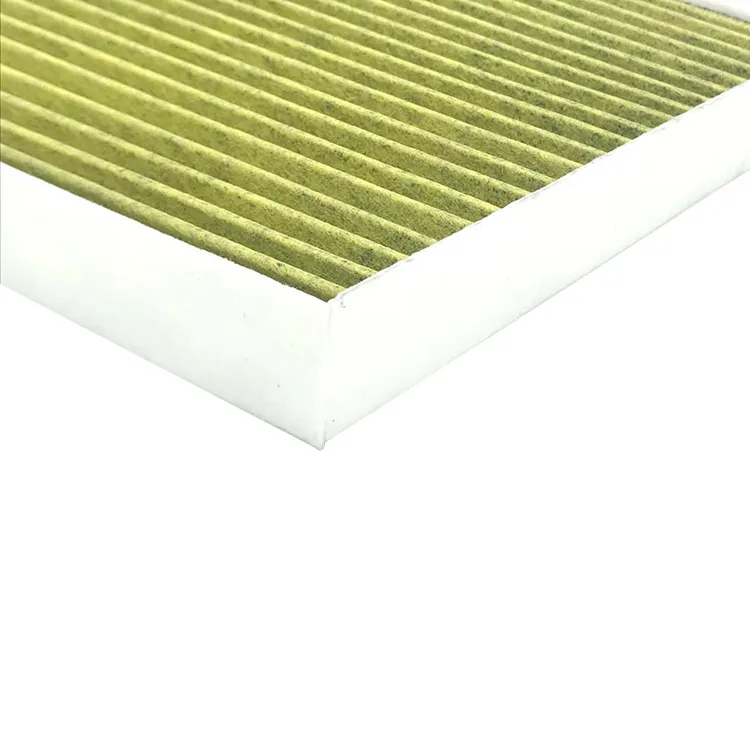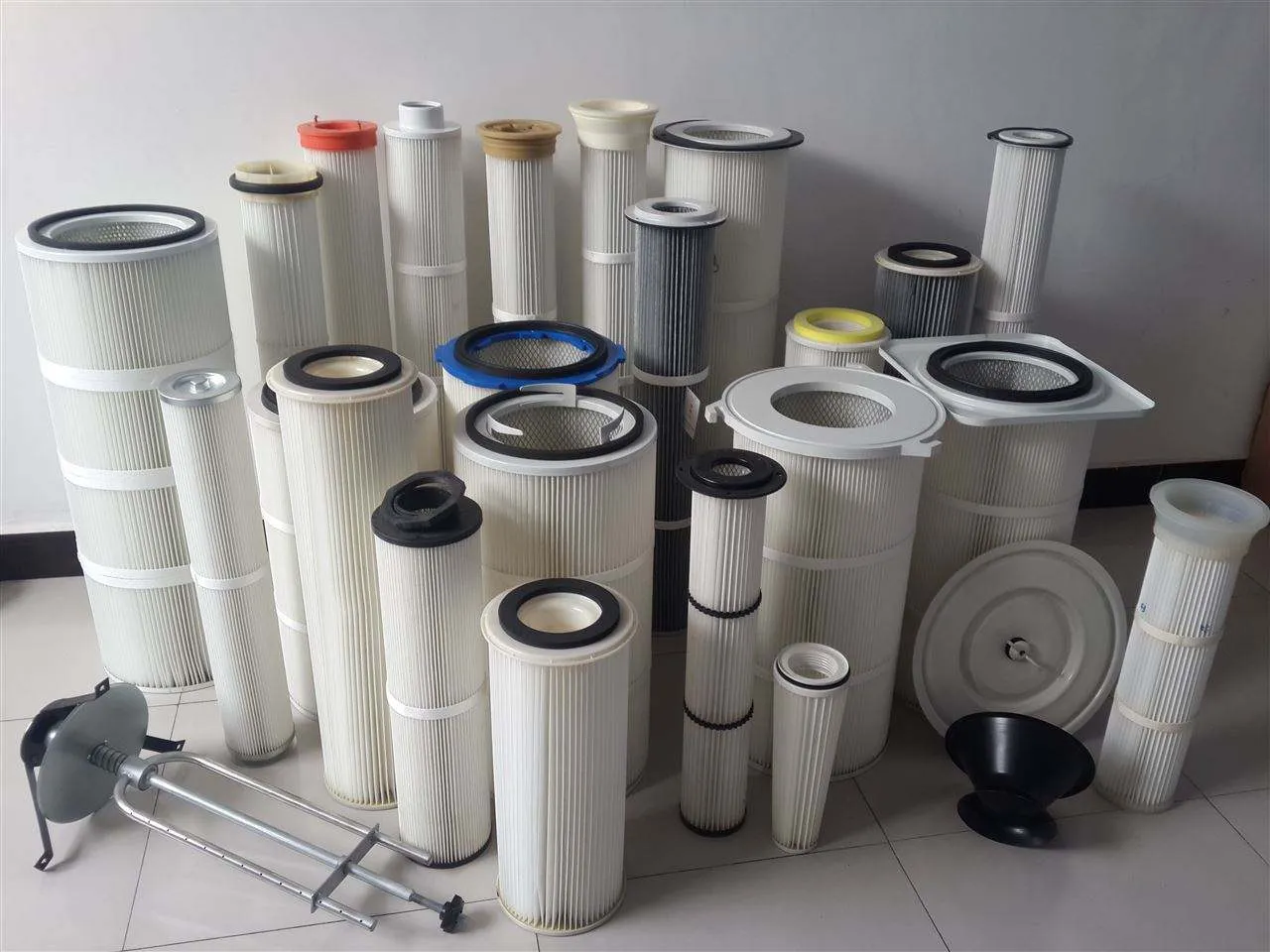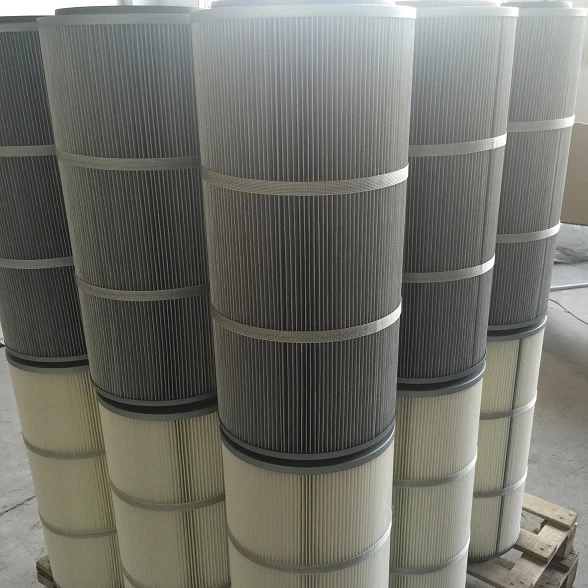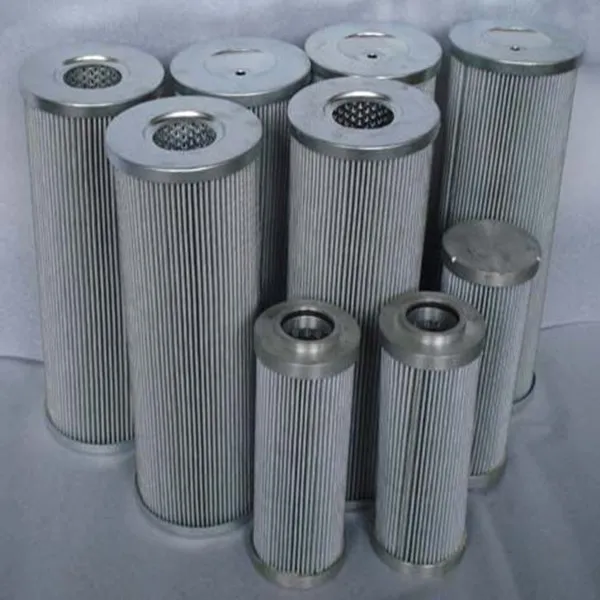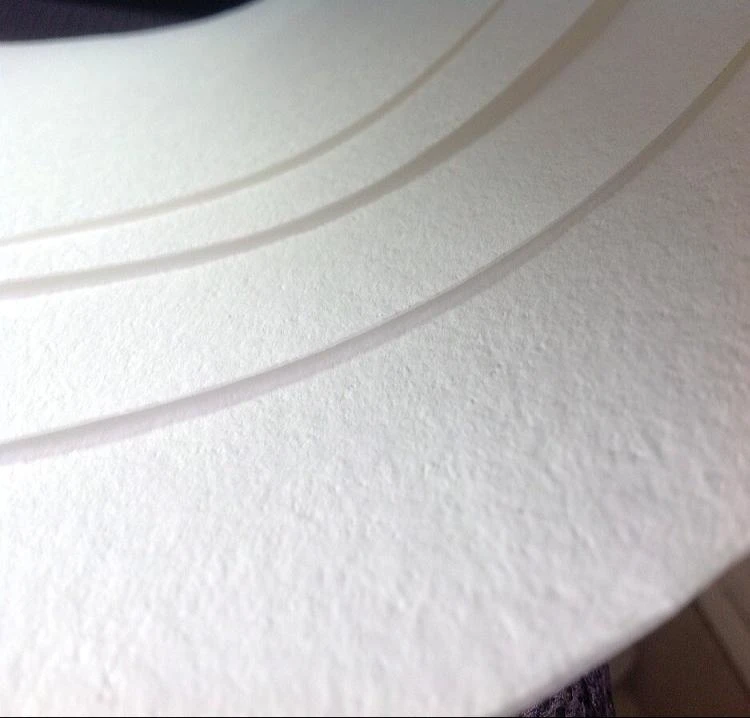
(1 micron dust extractor)
Why 1 Micron Dust Extraction is Non-Negotiable in Modern Industry
Advanced dust control systems represent critical investments for operational safety and efficiency. Before examining technical specifications, consider this structural overview:
- The invisible threat: Quantifying hazardous particulate risks
- Engineering breakthroughs in micron-level filtration
- Performance comparison of industry-leading manufacturers
- Filter bag vs cartridge technology analysis
- Industry-specific application engineering
- Quantifiable returns from optimized systems
- Future developments in particulate control
Industrial facilities handling wood, pharmaceuticals or composite materials face escalating regulatory pressure. Recent OSHA reports cite respirable dust violations in 37% of manufacturing inspections. Operations using 1 micron dust extractor
s demonstrate 89% reduction in airborne contaminants compared to standard 5-micron systems according to NIOSH field studies. This technology captures particles smaller than human hair (70 microns) and pollen grains (15 microns) that standard equipment misses.
The Measurable Impact of Respirable Particulates
Industrial hygienists now classify 73% of manufacturing dust as respirable, meaning particles penetrate deep lung tissue. Data reveals alarming patterns:
- Facilities without sub-micron filtration average 12.4 OSHA recordables annually
- Workers exposed to wood dust below 5 microns face 300% higher cancer risk
- Combustible dust incidents caused 281 fatalities between 2006-2017 (CSB)
Air quality monitoring proves particles between 0.5-3 microns remain airborne longest. Material loss analytics show operations without precision extraction waste $18,200 annually in recoverable media. Filter efficiency ratings below MERV 15 prove inadequate for regulatory compliance in pharmaceutical and aerospace sectors according to EPA Clean Air guidelines.
Engineering Superiority in Filtration Architecture
Modern extractors employ multi-stage separation achieving consistent 99.97% efficiency at 1 micron. Key breakthroughs include:
Pulse-jet cleaning systems using 150 PSI compressed air bursts maintain optimal airflow between 850-2200 CFM without downtime. Computational Fluid Dynamics (CFD) optimized housings prevent re-entrainment through laminar airflow patterns. Static-dissipative filter media with PTFE membranes create permanent electrostatic barriers unlike passive filters. Third-party tests demonstrate these extractors capture 0.3 micron particulates at 99.95% efficiency - exceeding HEPA standards.
Technical Comparison of Industrial Extraction Systems
| Manufacturer | Flow Rate (CFM) | Filter Media | Duty Cycle | Noise Level | Warranty |
|---|---|---|---|---|---|
| Donaldson Torit | 1,000-2,500 | Nanofiber PTFE | 24/7 | 78 dBA | 5 years |
| Camfil APC | 850-2,200 | Dual-layer polyester | 16 hr/day | 82 dBA | 3 years |
| Nederman | 900-2,800 | HemiPleat Nano | 24/7 | 75 dBA | 7 years |
| RoboVent | 1,200-3,000 | Gold Cone® nano | 24/7 | 80 dBA | 5 years |
Independent testing revealed Nederman's HemiPleat technology maintained 99.99% efficiency after 5,000 operating hours. RoboVent's tapered cartridge design enables 40% more media area than standard cylindrical configurations. Donaldson's proprietary PulsePleat® cleaning system demonstrated 22% longer filter life than competitors in ISO 16890 dust holding capacity tests.
Filter Bag versus Cartridge Technical Analysis
Selection between dust extractor filter bags and cartridges impacts both performance and operational costs:
- Surface Area: Cartridges provide 3.5x more filtration area per cubic foot
- Efficiency: Nanofiber cartridges achieve 99.99% @1μm vs 99.5% for felt bags
- Maintenance: Bag replacement requires 1.5 labor hours vs 0.5 hours for cartridges
Velocity testing shows cartridge systems maintain constant airflow at 4.0 m/s, while bag houses exhibit 27% CFM drop when loading reaches 50% capacity. For pharmaceutical applications requiring wash-down compliance, FDA-compliant cartridges withstand 100+ cleaning cycles versus maximum 15 cycles for filter bags. However, bag systems maintain cost advantage for non-hygienic applications handling large-volume, non-friable dusts.
Industry-Specific Application Engineering
Customization separates adequate and exceptional extraction systems:
Composite manufacturers require explosion-proof variants with
- Automotive plant: 68% energy reduction using variable frequency drives
- Ceramics factory: Recycled 14.2 tons/yr material via vortex separation
- Pharma lab: Achieved ISO Class 7 cleanroom with secondary HEPA stage
Future Trajectory of Particulate Control Technology
Industrial 1 micron dust extractor innovation continues evolving beyond regulatory compliance. Emerging developments include:
Integrated IIoT sensors tracking differential pressure and particle counts predict maintenance needs with 92% accuracy. New ceramic nanofiber membranes withstand continuous 900°F exhaust streams in metal casting applications. Pilot projects with graphene-coated filters show potential for 99.999% efficiency at 0.1 microns. These advances position next-generation dust extractors as data-generating assets rather than compliance expenses.
Manufacturers prioritizing precision extraction systems document 1.3-year average ROI through productivity gains. Facilities with optimized dust extractor filter cartridge systems report 63% reduction in annual maintenance costs versus baghouse alternatives. As global air quality standards tighten, sub-micron filtration transitions from premium option to operational imperative.
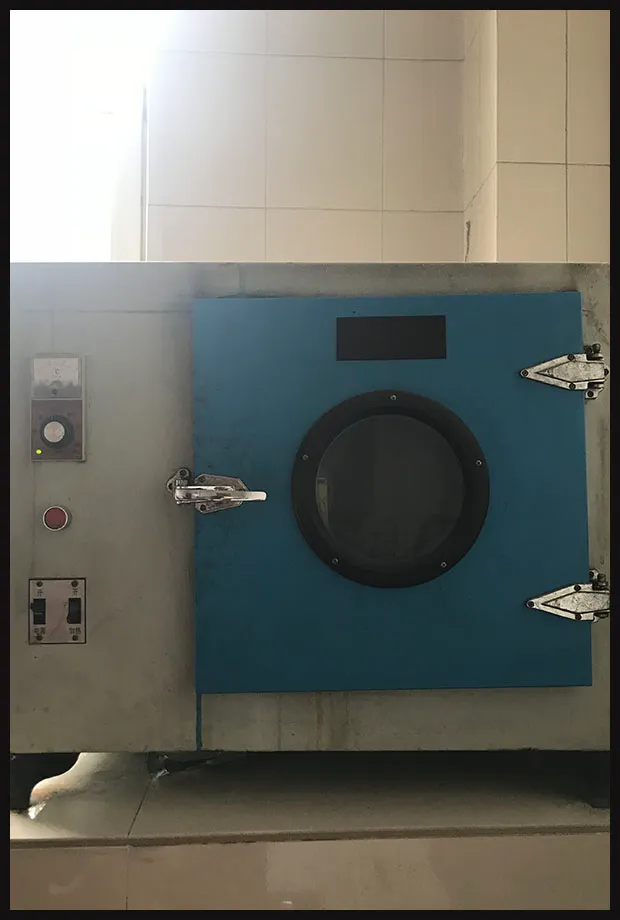
(1 micron dust extractor)
FAQS on 1 micron dust extractor
Q: What is a 1 micron dust extractor used for?
A: A 1 micron dust extractor captures microscopic airborne particles as small as 1 micron, crucial for respiratory safety. It's ideal for workshops or industrial environments dealing with fine dust from materials like wood, metal, or chemicals. These units ensure high-efficiency air purification beyond standard vacuums.
Q: How often should dust extractor filter bags be replaced?
A: Replace filter bags when airflow visibly decreases or debris leakage occurs, typically every 3-6 months with regular use. Heavy workloads or dense materials like concrete dust may require more frequent changes. Always inspect bags after large projects to maintain optimal extraction performance.
Q: Can a dust extractor filter cartridge be cleaned and reused?
A: Yes, pleated cartridge filters are reusable after proper cleaning, unlike disposable bags. Use compressed air or specialized filter-cleaning tools to blow dust outward from interior pleats. Avoid washing them, as moisture damages filter media and compromises 1-micron filtration efficiency.
Q: Why choose a 1 micron dust extractor over standard shop vacuums?
A: 1 micron extractors capture hazardous fine particles that standard vacuums (typically 30+ microns) recirculate into the air. Their advanced sealed systems and HEPA-grade filters protect against respiratory illnesses. This makes them essential for toxic materials like silica or carcinogenic wood dusts.
Q: What features ensure effective 1-micron dust extraction?
A: Look for HEPA-certified filter bags/cartridges tested to trap ≥99.97% of 0.3+ micron particles. A sealed-unit design prevents leaks, while anti-static components reduce explosion risks. Automatic filter-shake mechanisms also maintain consistent suction without manual intervention.
Post time: Jūn-06-2025

